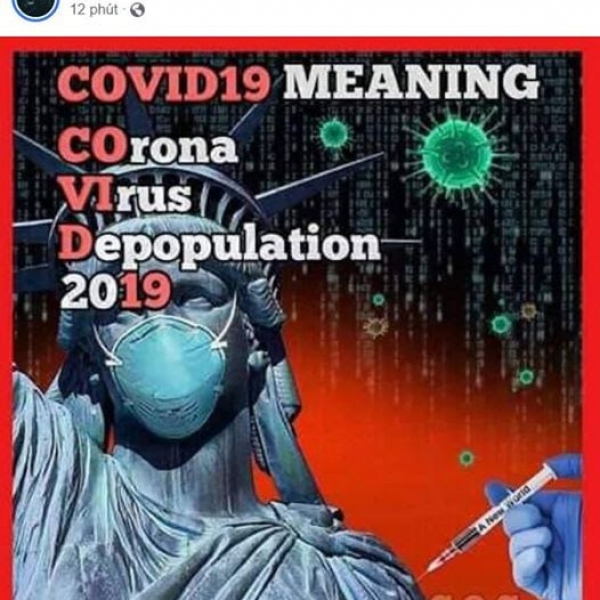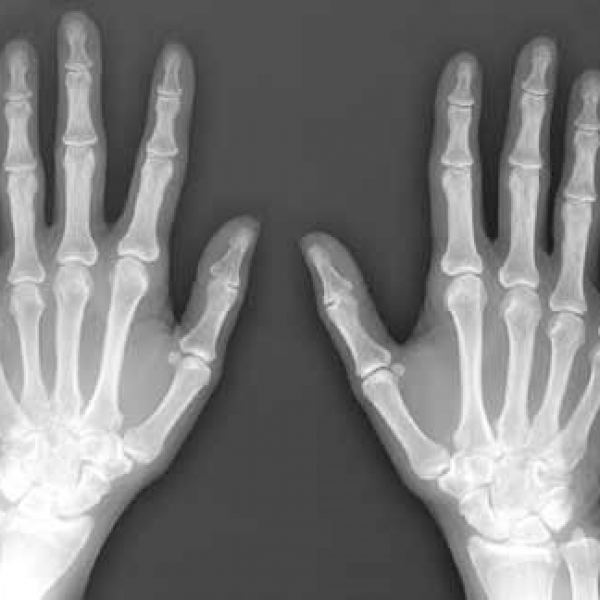Contact Admission
International Collaboration
The doctor discovered 20 worms were sucking blood in the patient's intestines
Conducting endoscopy to pick up worms for the patient, what surprised doctors was that in a segment of the patient's small intestine there were nearly 20 adult worms sticking at the time.
Recently, a 36-year-old male patient (from the Dao ethnic group, in Bao Yen district, Lao Cai province) was transferred from lower level to Hospital E in a state of fatigue, exhaustion, blue skin, imbalance due to blood loss. many, rapid pulse, drop in blood pressure. The patient had had gastroscopy, colon in the lower glands but no damage was detected.
Receiving patients, doctors of Hospital E gave blood transfusions, improved fluids, and made multi-series computed tomography to examine small intestinal blood vessels to detect abnormalities. After conducting consultation, doctors indicated a double ball colonoscopy to find the cause.
The results showed that there are many worms that stick on the intestinal mucosa to suck blood with many lesions on the intestinal lining, causing severe anemia.
Conducting endoscopy to pick up worms for the patient, what surprised doctors was that in a segment of the patient's small intestine there were nearly 20 adult worms sticking at the time. Hospital E sent this sample to the Central Institute of Malaria, Parasites and Insects to identify the parasite, the result confirmed that it was worm.
|
|
|
Endoscopic image of the patient's bowel. Photo: BVCC. |
MSc. Dr. Dang Trung Thanh, Deputy Head of Department of Gastroenterology, Hospital E, who directly participated in the endoscopy to pick up the worms for this patient, said that the beakworm has sharp semicircular teeth attached to the intestinal mucosa of the patient. to suck blood, on average they suck about 0.03-0.05 ml of blood / day.
While sucking blood, the worms secrete anticoagulants so that the bites continue to bleed, even after they have switched to another parasite. Ringworms continuously suck blood even when full blood flows out their anus. More dangerous, in the process of parasitization and blood sucking, the worm also secretes toxins that inhibit the blood-forming organ to produce red blood cells, worsening the blood loss of the duodenum of the patient.
The mineworm's life cycle lasts 10-15 years if left untreated. The larvae live in feces or soil such as the cape, trunk, or tops of grass. The larvae can climb up to 2 m high and have the ability to penetrate the human body through the skin, mucous membranes, between the toes, legs ... and then follow the veins to the heart, lungs.
In the lungs, the larvae develop and then go to the pharynx and are swallowed back into the intestine, parasitizing in the duodenum and developing into hookworms, adult beakworms. Hookworm larvae, whipworm can also enter the body through food or water contaminated with the larvae.
After being laparoscopic to pick up the worms, the patient shared that the main job was to plant cinnamon and fruit trees, so they frequently contact the soil. He also has a habit of lying on the ground to sleep, eating raw vegetables, uncooked bamboo shoots, drinking mineral water.
Source: zingnews.vn
https://zingnews.vn/bac-si-phat-hien-20-con-giun-dang-hut-mau-trong-ruot-benh-nhan-post1084182.html
Other news
- Home AEDs: High Life-Saving Effectiveness, but Not Cost-Effective at Current Prices ( 14:12 - 18/12/2025 )
- Artificial Intelligence and Pediatric Care ( 08:27 - 16/12/2025 )
- Applying Clinical Licensing Principles to Artificial Intelligence ( 09:36 - 08/12/2025 )
- U.S. Approves Targeted Lung Cancer Therapy Datroway ( 08:43 - 25/06/2025 )
- Therapeutic potential and mechanisms of mesenchymal stem cell-derived exosomes as bioactive materials in tendon–bone healing ( 08:38 - 23/11/2023 )
- Symbol of medicine ( 19:38 - 19/09/2021 )
- The history of the development of medicine worldwide and in Vietnam ( 18:58 - 19/09/2021 )
- Pharmacology in mind ( 08:42 - 04/02/2021 )
- Nitric Oxide and other medical contributions over 2 decades ( 08:19 - 11/12/2020 )
- Scientists Create First Full-Size 3D Printed Human Heart Model ( 09:32 - 10/12/2020 )



















